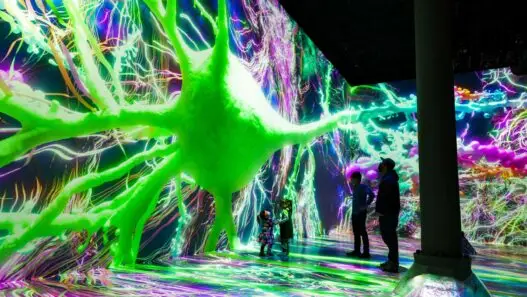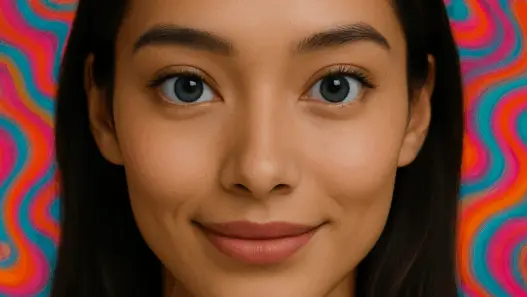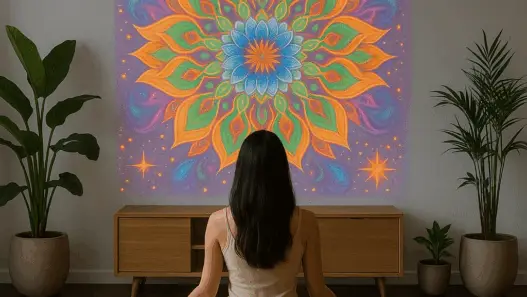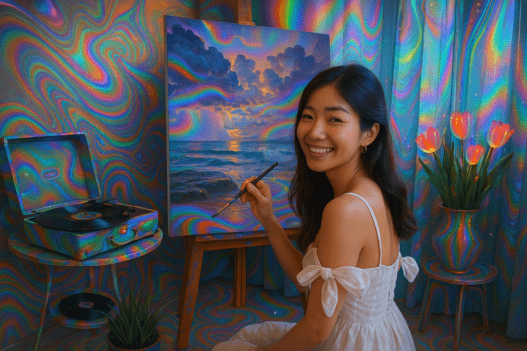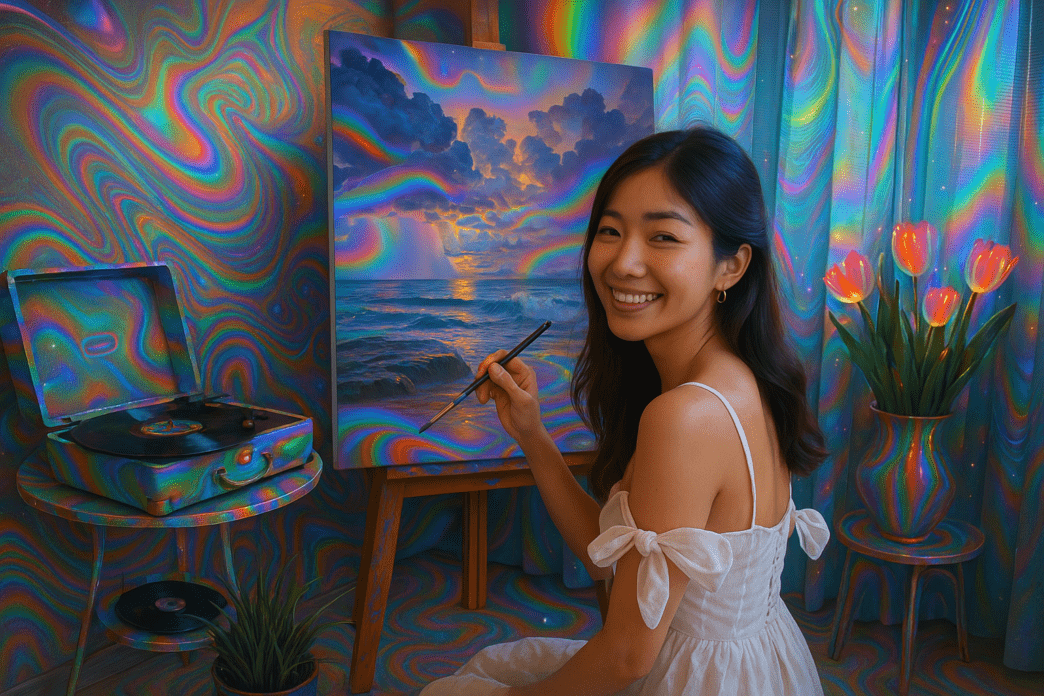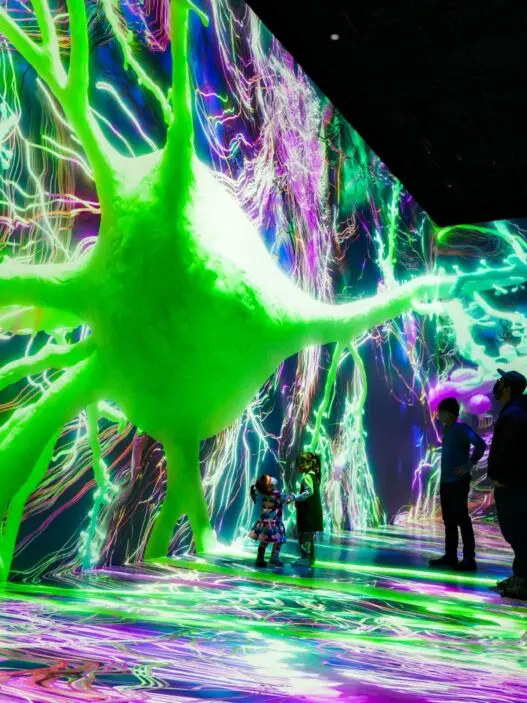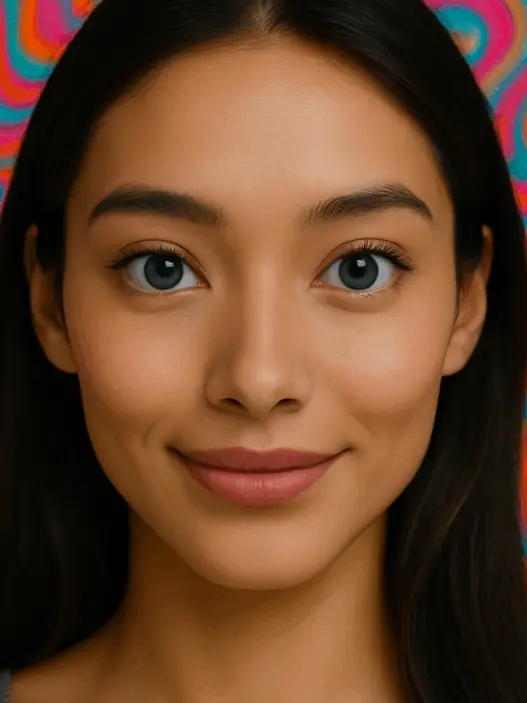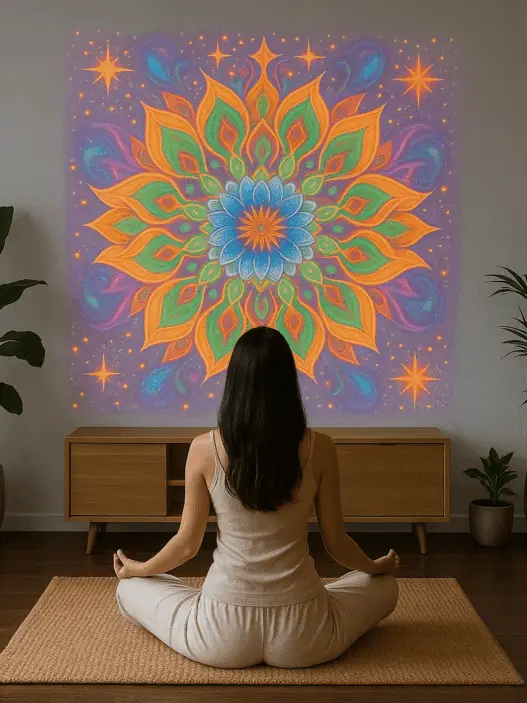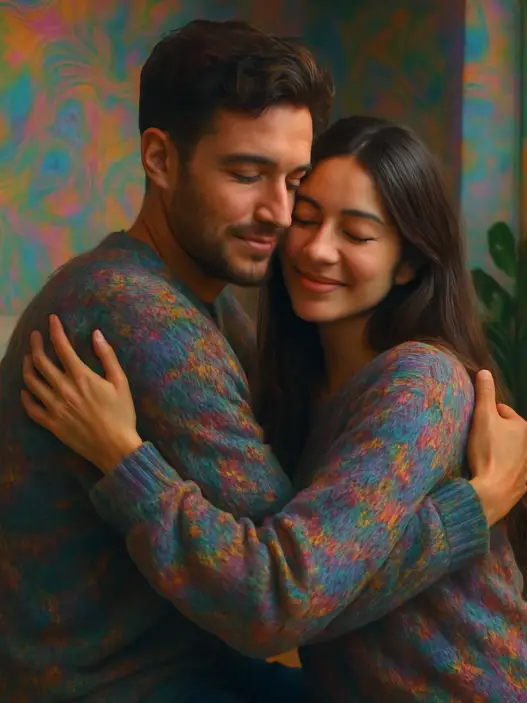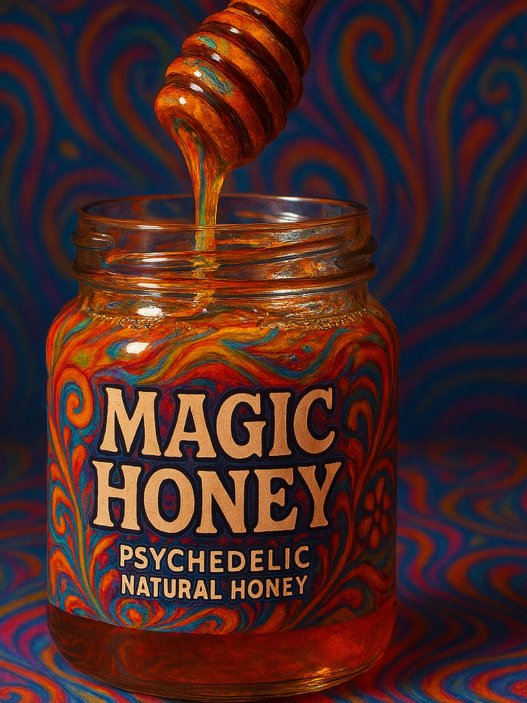In recent years, artists, musicians, writers, and creators of all kinds have turned to an unlikely tool for inspiration: microdosing psychedelics. Whether it’s painting, playing music, or writing poetry, microdosing is being explored as a way to enhance creative flow, emotional access, and imaginative thinking—all without the hallucinogenic intensity of a full psychedelic trip.
But what exactly happens to the brain under a microdose? Can a tiny dose of LSD or psilocybin truly make your creativity soar?
Let’s explore the neuroscience, psychology, and real-world experiences of creating under microdosing, along with what research says about its impact on the creative process.
1. What Is Microdosing?
Microdosing involves taking very small, sub-perceptual amounts of a psychedelic substance—typically LSD (5–20 mcg) or psilocybin mushrooms (0.1–0.3g dried). The dose is low enough to avoid full-blown hallucinations but high enough to subtly enhance cognition and mood.
🔹 Typical Microdosing Protocols:
- 1 day on, 2 days off (Fadiman protocol)
- 4 days on, 3 days off (Stamets protocol, includes stacking with Lion’s Mane & niacin)
“You don’t see dragons. You see the canvas more clearly.” — Anonymous painter describing microdosing on a creative day.
2. How Microdosing Affects the Brain
The core action of psychedelics—at both high and low doses—is to stimulate serotonin 5-HT2A receptors, particularly in the prefrontal cortex, a region responsible for planning, imagination, and abstract thinking.
🧠 Key Brain Changes from Microdosing:
🔹 Increased Brain Connectivity
- Microdosing enhances communication between brain regions, including those that don’t usually “talk” to each other.
- This leads to novel associations and divergent thinking—the ability to generate multiple ideas or solutions (Carhart-Harris et al., 2014).
🔹 Default Mode Network (DMN) Suppression
- The DMN, associated with ego and repetitive thinking, is dialed down.
- This allows the creator to enter flow states and reduce internal criticism (Carhart-Harris et al., 2012).
🔹 Neuroplasticity Boost
- Psychedelics increase brain-derived neurotrophic factor (BDNF), which supports neural growth and flexibility—critical for learning and artistic evolution (Ly et al., 2018).
💡 Analogy: Microdosing is like turning your brain into jazz—fluid, connected, expressive, and free from rigid structure.
3. Enhancing the Creative Process: Step by Step
🎨 A. Painting and Visual Art
Microdosing can enhance perceptual sensitivity, making colors appear richer and brushstrokes more intentional.
✅ Focus and immersion: Users report becoming deeply absorbed in the canvas, free from distraction.
✅ Emotional depth: Feelings surface more easily, allowing the artist to channel emotion through form and color.
✅ Flow state: Microdosing helps suspend judgment, a key condition for creative flow (Csikszentmihalyi, 1990).
“It’s not about painting trippy things—it’s about feeling more while you paint,” said a Toronto-based illustrator in a 2021 microdosing survey.
🎶 B. Music and Performance
Microdosing also benefits musicians and performers by enhancing timing, emotional nuance, and improvisation.
🔹 Improved auditory perception: Subtle shifts in sound become more apparent.
🔹 Reduced performance anxiety: Lower DMN activity helps reduce self-consciousness on stage.
🔹 Enhanced improvisation: Musicians often enter a “flow jam” state, connecting ideas in real time without overthinking.
In a 2019 survey of 278 microdosers, 71% reported enhanced musical enjoyment and expression (Polito & Stevenson, 2019).
✍️ C. Writing and Ideation
For writers and creatives who rely on words and story structure, microdosing helps by freeing internal filters and stimulating novel word associations.
✅ Idea generation increases due to hyper-associative thinking
✅ Self-editing is reduced, making first drafts more organic and exploratory
✅ Emotional truth surfaces, aiding poetry, journaling, and narrative work
A 2020 study found that microdosing significantly increased divergent thinking—a key trait in creativity (Prochazkova et al., 2018).
4. The Emotional and Psychological Enhancements
Beyond raw cognitive effects, microdosing may improve emotional access and authenticity—a core part of creative expression.
🔸 Key Emotional Shifts:
- Greater compassion and empathy
- Increased openness to experience (MacLean et al., 2011)
- Lower anxiety and fear of judgment, enabling bold expression
💡 Many artists describe feeling less “in their head” and more in their heart or body, leading to more authentic creations.
5. The Risks and Limitations
Microdosing is generally well tolerated, but there are important caveats:
⚠️ Not everyone responds positively—some experience irritability, insomnia, or overstimulation.
⚠️ Mental health conditions like bipolar disorder or schizophrenia may worsen with psychedelics.
⚠️ Legality: LSD and psilocybin are still Schedule I substances in most countries (though psilocybin is gaining medical approval in places like Oregon, Colorado, and Australia).
Guidelines for Safe Creative Microdosing
- Start small and track your response (use a journal)
- Choose non-demanding creative sessions at first
- Avoid combining with caffeine, alcohol, or stimulants
- Practice in a safe, quiet, non-judgmental space
6. Testimonials from Creatives
“When I microdose before painting, I lose the fear of the blank canvas. I just start. And that’s everything.”
— Freelance painter, Berlin
“Writing feels less like crafting and more like channeling when I microdose.”
— Poet, Vancouver
“I improvise guitar solos that surprise even me. Microdosing doesn’t make me better—it makes me bolder.”
— Musician, Amsterdam
7. Final Thought: Conscious Creativity in the Age of Microdosing
Microdosing may not make you an artist overnight—but for those already on a creative path, it can unlock the doors of perception just enough to help ideas flow more freely.
By quieting the inner critic, connecting distant thoughts, and amplifying emotional resonance, microdosing offers artists a new lens through which to view their craft. It’s not about tripping—it’s about tuning in.
In a world full of noise, sometimes clarity comes in micrograms.
References:
- Carhart-Harris RL et al. (2012). Default mode network connectivity. PubMed
- Ly C et al. (2018). Psychedelics promote structural and functional neural plasticity. PubMed
- Polito V & Stevenson RJ. (2019). A systematic study of microdosing psychedelics. PubMed
- Prochazkova L et al. (2018). Exploring the effect of microdosing on creativity. PubMed
- MacLean KA et al. (2011). Psychedelics increase openness. PubMed
- Csikszentmihalyi M. (1990). Flow: The Psychology of Optimal Experience.




